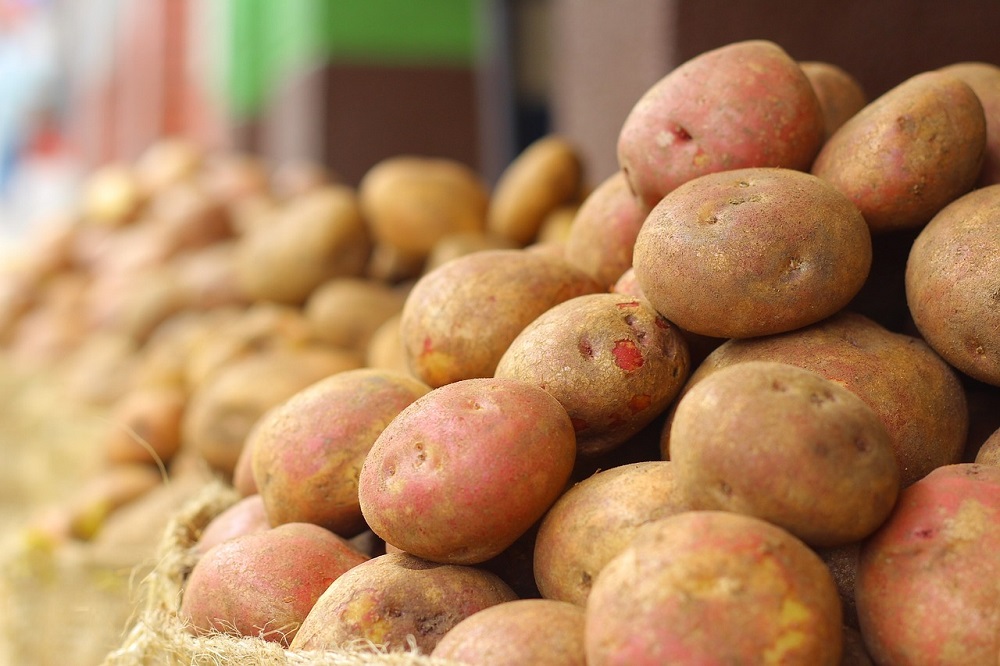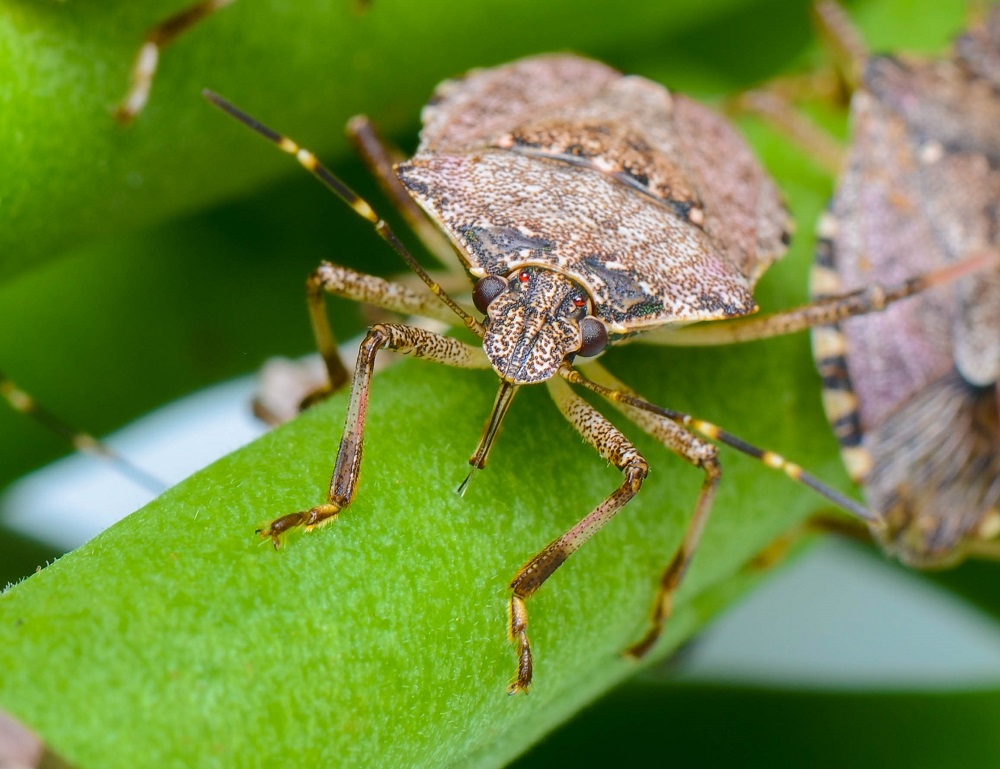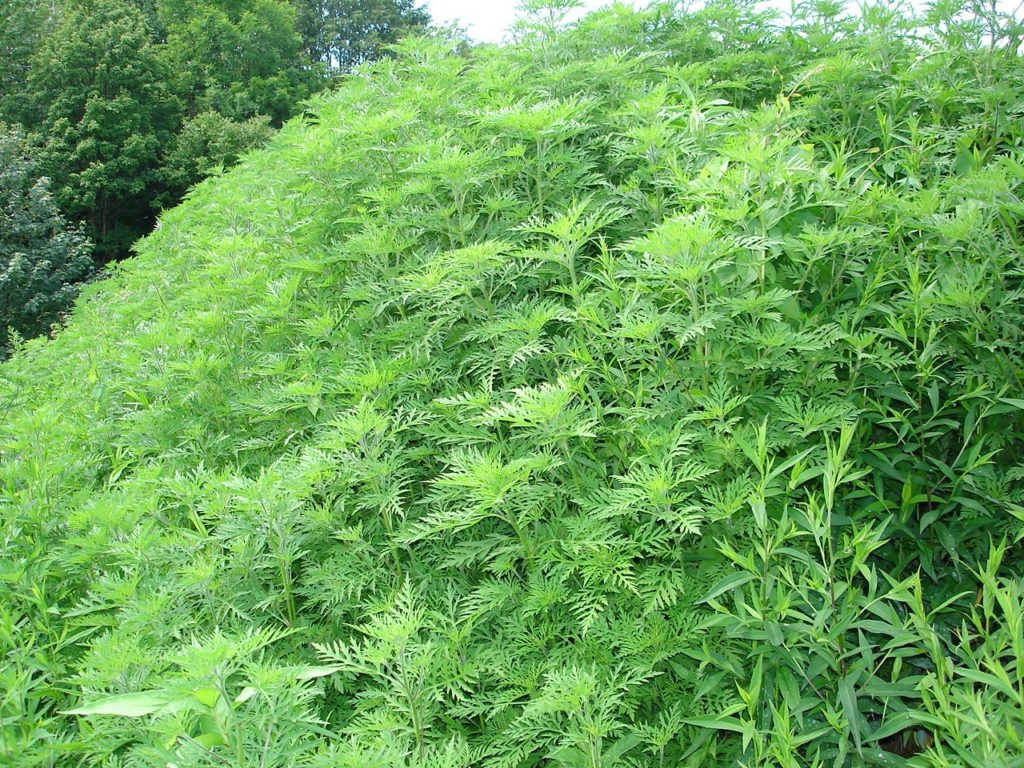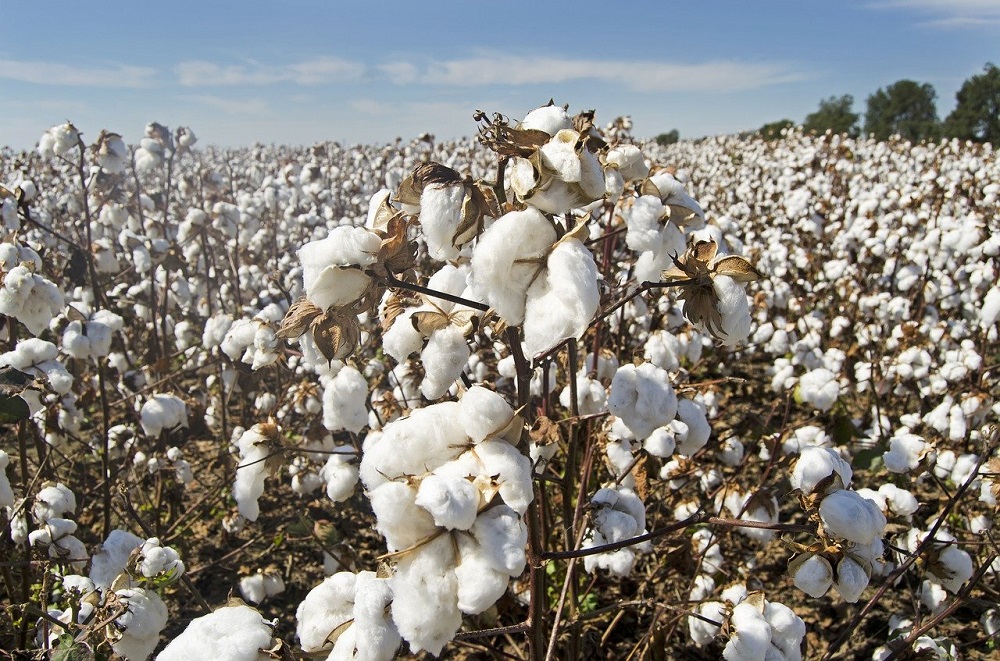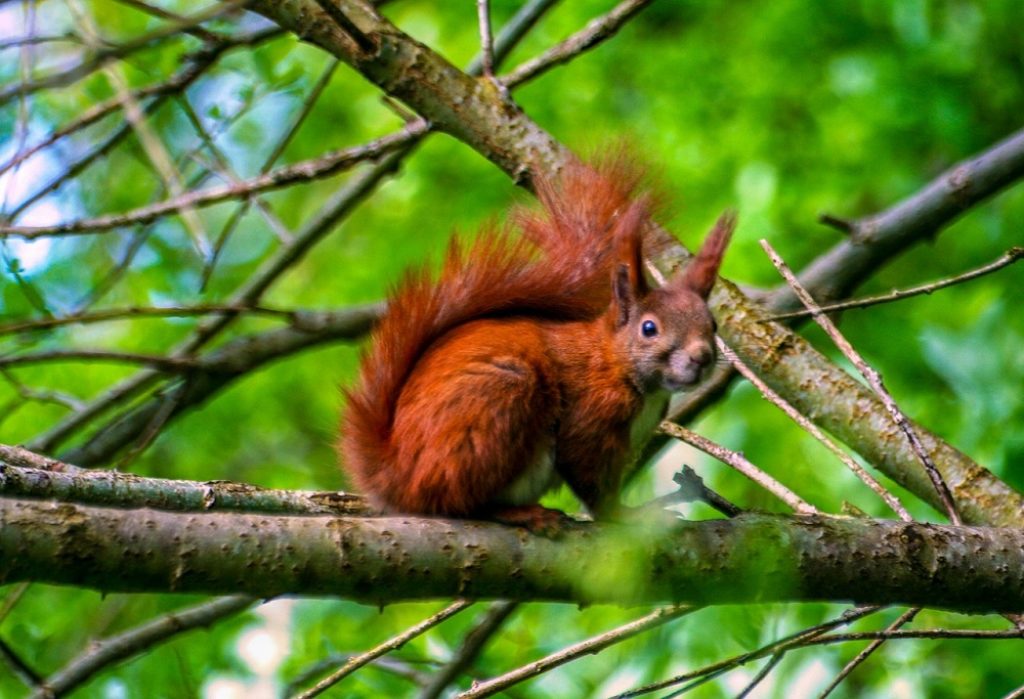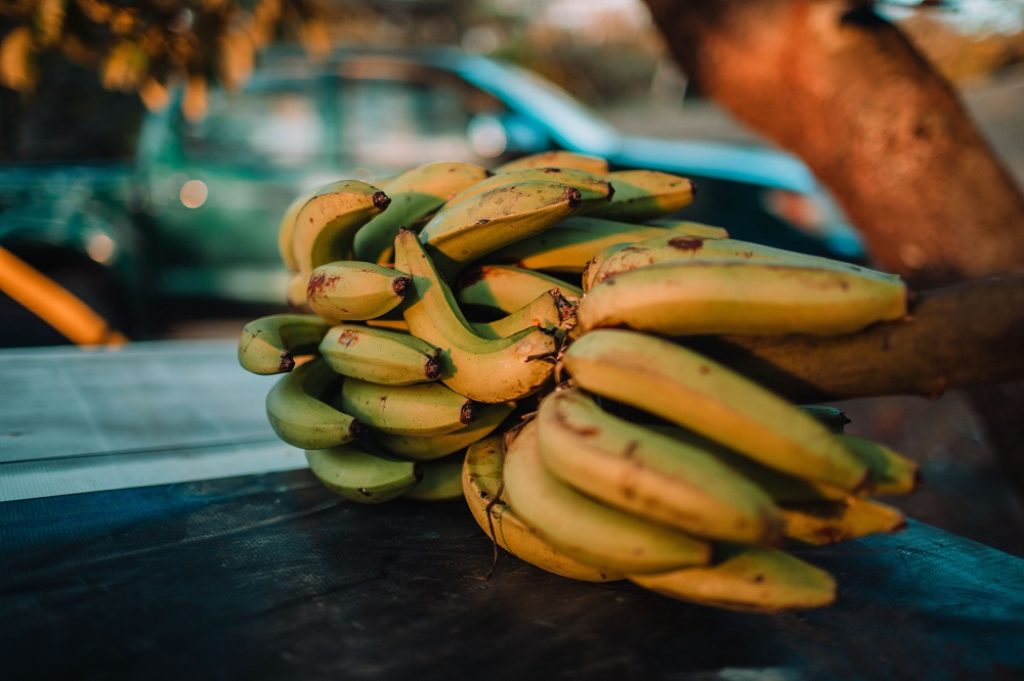CABI supports first Dutch field trials with exotic insect to combat Japanese knotweed
For the first time in the Netherlands, an exotic insect species is released into the wild to combat a harmful plant species. The Japanese knotweed psyllid should offer relief against the rampant Asian knotweed. Suzanne Lommen of the Institute of Biology Leiden is coordinating the field trials as part of a consortium which includes CABI,…
Extreme climate change could ‘more than double’ areas suitable for devastating fruit and nut pest
Scientists fear that extreme climate change could ‘more than double’ areas suitable for the devastating fruit and nut pest – the brown marmorated stink bug (Halyomorpha halys) – which is already posing a significant risk to crops in Europe, North America and East Asia where it originates.
Study brief explores outcomes and lessons learnt from fall armyworm management plan in Ghana
A team of CABI and Plant Protection and Regulatory Services Directorate (PPRSD) scientists have shared their expertise on invasive species and development communications and extension to publish a new CABI Study Brief looking at the outcomes and lessons learnt from the implementation of a fall armyworm management plan in Ghana.
Biocontrol: Early season leaf damage could inform us whether a noxious invader produces seeds
CABI scientists suggest a forecasting model could assess the ability of a humble beetle to control Ambrosia artemisiifolia, which causes major crop losses and is a nuisance to human health, as part of a wider management plan that also includes mowing, ploughing or mulching of the fields just before male flower formation.
New policy brief highlights the unintended consequences of projects that promote invasive alien woody plants
A new policy brief has been published providing recommendations to support decision making about funding for projects that aim to introduce new, or promote established alien woody plant species.
Red and grey squirrel genomes could hold the key to the survival of reds in Britain and Ireland
New hope for the preservation of red squirrels in Britain and Ireland is on the horizon, after the completion of the red and grey squirrel reference genomes by scientists at the Wellcome Sanger Institute and their collaborators. The genomes may hold clues to why grey squirrels are immune to squirrel pox, a disease that is…

